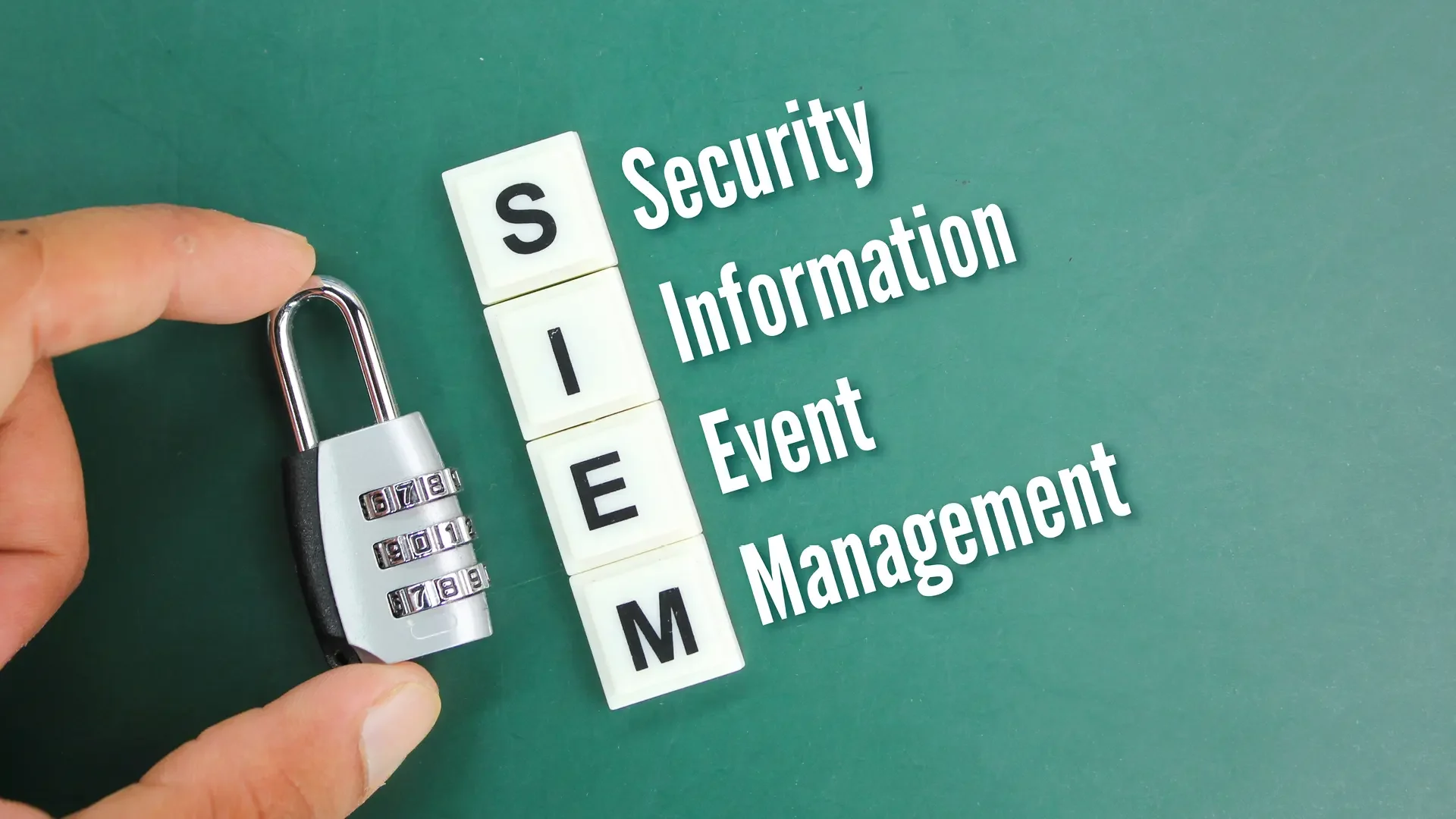No company is immune to cyber attacks. Security Information and Event Management is becoming an increasingly important tool in the effort to prevent and counter them.
At a time of increasing cyber threats, protecting against them is a key consideration for organisations of all types and sizes. Many businesses are turning to comprehensive cybersecurity solutions that can keep up with the massive flows of data within the business. SIEM leverages software and security experts to provide adequate threat detection processes in today’s data-driven world. By combining Security Information Management (SIM) and Security Event Management (SEM), SIEM enables cybersecurity professionals to detect and remediate threats in real-time. It allows you to analyze alerts and events from the full range of available sources, from firewalls, servers and applications, to endpoints. This gives us complete visibility into the entire infrastructure, along with an effective tool to detect potential threats. However, the ability to react quickly and appropriately to problems is key.
The SIEM has acquired an additional dimension following the adoption of the European NIS 2 Directive. Organisations will now be obliged to take preventive steps to strengthen cyber security and respond to incidents. This is where the new system dominates.
Today, organizations often confuse the terms Log Management and SIEM. The former collects events from various sources, organizes them in a centralized location, archives them, and enables basic searches. Security analysts can use it to access and analyze logs as needed. SIEM, however, goes one step further. It enables real-time analysis and correlation of security events. Its tools collect data from all sources and use techniques aimed at identifying patterns, anomalies, and potential security incidents. These include the integration of threat intelligence from internal and external sources, alerts, incident response workflows, through to compliance reporting. The system therefore provides a more comprehensive view of the security posture of the organisation.
Understanding the underlying mechanisms of a SIEM is key to appreciating its value in the cybersecurity domain.
Collecting events
All SIEM systems are designed to collect and categorize information in order to recognize routine behaviors and isolate threats. However, how the system stores and identifies the information is important. It should have the flexibility to allow users to fine-tune the way information is processed and should provide the ability to analyse event data from all systems.
Data normalisation
Once the data is collected, the next step is to normalize it. This critical process involves standardizing the different formats into a single structure. This facilitates the analysis and comparison of protocols, which is key in identifying patterns and anomalies.
Correlation of visibility, events
One of the main reasons for implementing a SIEM system is the ability to have complete visibility of events and the entire network from a single graphical interface. Many sophisticated cyber attacks enter networks through seemingly routine activities and move laterally through the network to gain access to sensitive information. The ability to correlate a series of actions from different protocols can show a pattern of behavior that represents a real threat.
Configure alerts
If the system is not properly configured, the result is usually too many alerts for security analysts to properly assess. If faced with multiple false alarms, they gradually lose track of the real threats, and this will allow undetected network penetration. At the same time, misconfigured alerts represent the area of most common SIEM implementation failure.
For any organization that does not have a security team, running a SIEM system is hardly sustainable. Therefore, it is better to implement it as a service (SIEMaaS). However, you still need to count on significant effort to configure the system and adopt new processes for seamless integration. Moreover, the security solution is specific to each organization.
There are proven SIEM products on the market such as IBM Qradar, Rapid7 and Splunk. However, they cost a lot of money in licensing fees and have many limiting factors, such as the number of resources or the number of use cases implemented or EPS coming in. At GAMO, we are aware of all these facts and that’s why we bring our own SIEM stack solution built on open technologies. While designing and implementing it, we also follow the procedures necessary to maximize efficiency.
Selective data collection: we carefully select the data sources we want to monitor, focusing on those most relevant to your organisation’s security needs. This targeted approach helps in the efficient use of SIEM resources and reduces the amount of irrelevant data.
Data normalization: we apply normalization to a consistent format across all events. We find this standardization critical for practical analysis, allowing for more direct correlations and comparisons between data from different sources.
Real-time monitoring and analysis: the SIEM system is set up for real-time monitoring and analysis to achieve immediate detection and subsequent response to potential security incidents.
Event correlation: we effectively correlate individual events to discover relationships between them across the infrastructure. This then helps in identifying potential security threats.
Regular updates and maintenance: We regularly update and maintain the SIEM system. This includes updating use cases, updating software, and ensuring the system is tuned to adapt to the changing security environment.
Compliance regulations: the storage of events by the SIEM system complies with the relevant compliance requirements and regulations.
Integration: the SIEM offers integration with other security tools (ESET, Claroty, etc.) and systems for a more comprehensive security approach.
When properly configured and used, a SIEM is an important tool to support a fully functioning cybersecurity system. It therefore makes sense for any organization that is trying to protect data. However, it is important to remember that it is only as effective as the team using it. A SIEM must be customizable to recognize unique threats in different environments. An organization that uses software without taking the time to provide the right settings and data can expect limited capabilities at best. And for a system to effectively achieve its full capabilities, it must have the right data, use cases, and a security team that understands the threats and is capable of warding them off. That’s why SIEM goes hand-in-hand with SOC, which brings together a security tool and security experts to achieve maximum infrastructure security.







